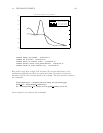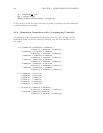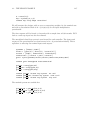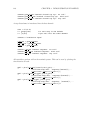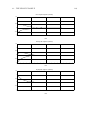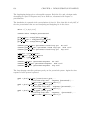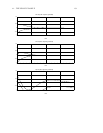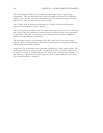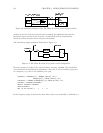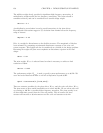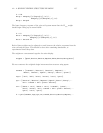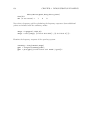4.2. A SIMPLE FLEXIBLE STRUCTURE EXAMPLE 153
4.2 A Simple Flexible Structure Example
The demonstration script, jplphBdemo.ms, runs through a D-K iteration design for a
simple flexible structure problem.
The following demo can be run by executing the following Xmath command:
execute file = "$XMATH/demos/xMu/jplphBdemo"
where $XMATH is the path to your Xmath source location.
The problem comes from an experiment in the NASA Control Structures Interaction
(CSI) program and is located at the Jet Propulsion Laboratory. A more complete
description is given by Spanos et al. [85, 86, 87].
The problem involves controlling the length of a laser path which reflects off of a series
of mirrors mounted on a flexible structure. One measurement is available to the
controller: the pathlength. There are two actuators, a voice coil and a piezo-electric,
each driving a mirror in the path. These actuators are effectively in parallel at the same
point. They differ significantly in their characteristics and uncertainty descriptions.
This is a relatively simple problem and the user should be able to achieve similar results
through standard classical techniques. The code given here serves as a suitable template
for user written design scripts. It should be noted that a large number of frequency
points are used in this design — perhaps more than necessary — and this significantly
slows down the calculation of µ.
4.2.1 The Control Design Problem
The optical configuration is illustrated schematically in Figure 4.3. The laser system
consists of a laser and optical interferometer. It is mounted on a fixed optical bench.
The laser is directed to the actuated mirrors mounted on the flexible structure. The
path continues back to the optical bench where it hits a target mirror and reflects back
through the structure mirrors to the interferometer. The interferometer gives a
measurement of the optical pathlength to an accuracy of 2.5 nm.
Vibrations in the flexible structure affect the optical pathlength and the objective is to
maintain a constant pathlength in the presence of such vibrations. Complicating the



